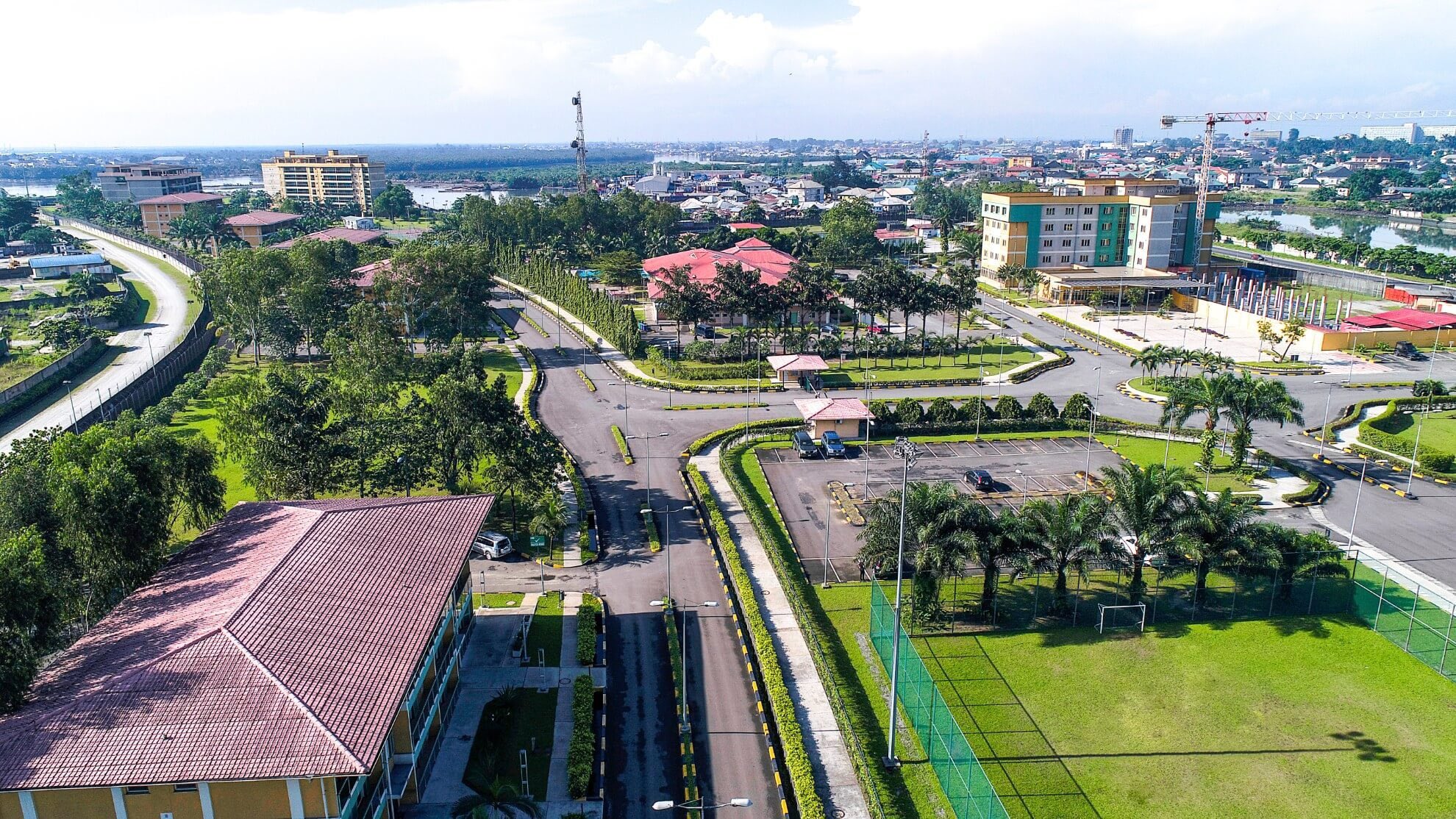Lafarge Africa Plc has announced a strategic partnership with the Council for the Regulation of Engineering in Nigeria (COREN) to develop the country’s first-ever concrete mix design manual, a move expected to transform building standards and improve the quality of construction projects across Nigeria.
Unveiled recently in Abuja, the manual is designed to serve as a practical guide for the selection and proportioning of concrete ingredients — including cement, sand, and aggregates — as well as the proper mixing and placement of concrete. It aims to provide engineers, builders, and construction firms with a locally relevant, scientifically tested reference point for designing durable structures.
Speaking at the launch, Lafarge Africa’s Director of Marketing commended COREN for spearheading an initiative that ensures Nigeria now has a credible, homegrown concrete mix design manual. He urged stakeholders in the manufacturing and construction sectors to adopt the manual as a standard tool to improve the quality of buildings and infrastructure nationwide.
President of COREN, Engr. Kashim Ali, described the manual as a major milestone for the engineering profession in Nigeria. He noted that it was developed based on local environmental conditions and raw materials, making it more suited to Nigeria’s construction realities than imported standards. Ali also revealed that the manual would be continuously updated to reflect advancements in building technology.
Also speaking, the Deputy Governor of Bayelsa State described the manual’s development as a significant step forward for engineering practice in Nigeria, adding that it would support safer, stronger, and more sustainable construction nationwide.
The manual is the result of extensive research and testing with concrete materials sourced from different regions of the country. Its introduction is expected to improve construction quality, reduce building failures, and promote uniform standards across the industry.
For small and medium-sized enterprises (MSMEs) in the construction and building materials value chain, the new manual could be a game changer. By providing clearer guidelines and standards, it lowers the barrier to entry for small contractors, helps them deliver more reliable projects, and positions them to compete more effectively in infrastructure development. With the manual’s emphasis on local materials, MSMEs can also benefit from reduced costs and increased opportunities to source inputs domestically.










